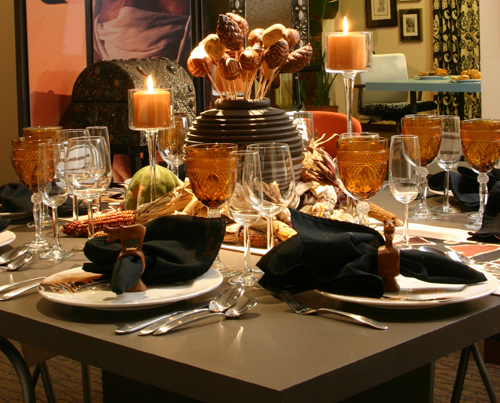
Too often when people in the West think of African architecture, they perceive nothing more than a mud hut – a primitive vernacular remembered from an old Tarzan movie. Why this ignorance to the richness of West African buildings? Perhaps it is because the great dynastic civilizations of the region were already in decline when the European colonizers first exposed these cultures to the West. Being built of mud, many older buildings had already been lost. Perhaps the buildings were too “strange” to be appreciated by outsiders.
In fact these buildings are neither historic monuments in the classic sense nor as culturally remote as they may initially appear. They share many qualities – such as sustainability, sculptural form, and community participation in their conception. Though part of long traditions and ancient cultures, they are, at the same time, contemporary structures serving a current purpose.

In the wonderful pictorial “Butabu Adobe Architecture,” James Morris takes a journey through parts of West Africa to explore the beauty and utility of these structures.
In “Adobe, Building and Living with Earth” by David Larkin and Orlando Romero, we see the African influence in the adobe building in the southwest of the United States transported by the Spaniards who embraced the culture of the Moors.






















